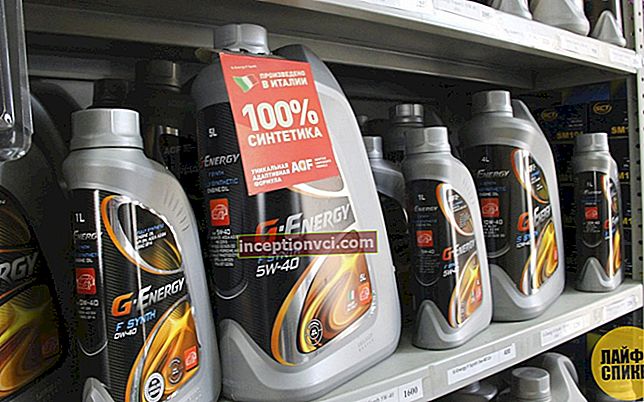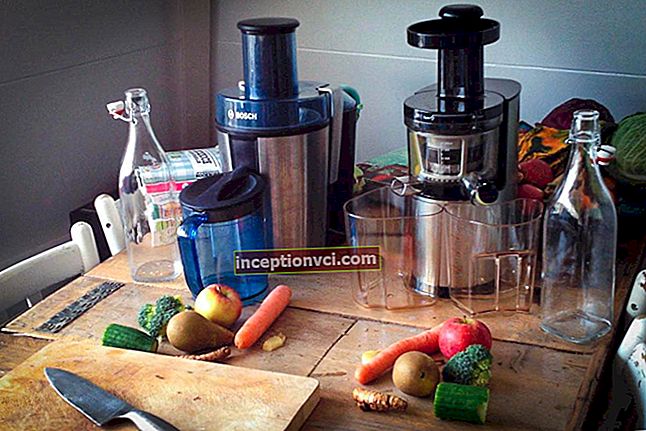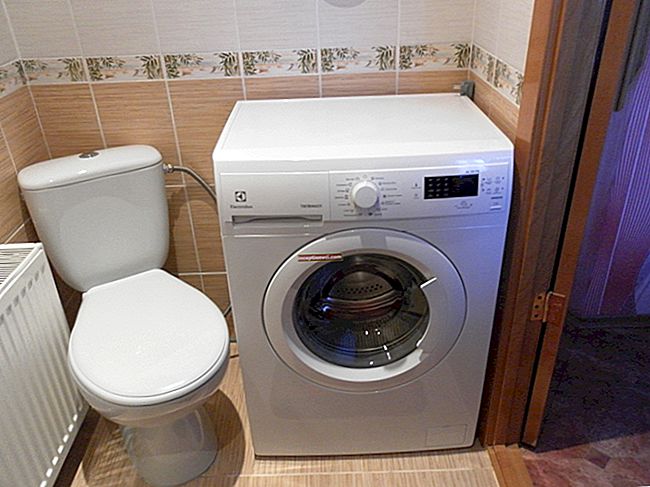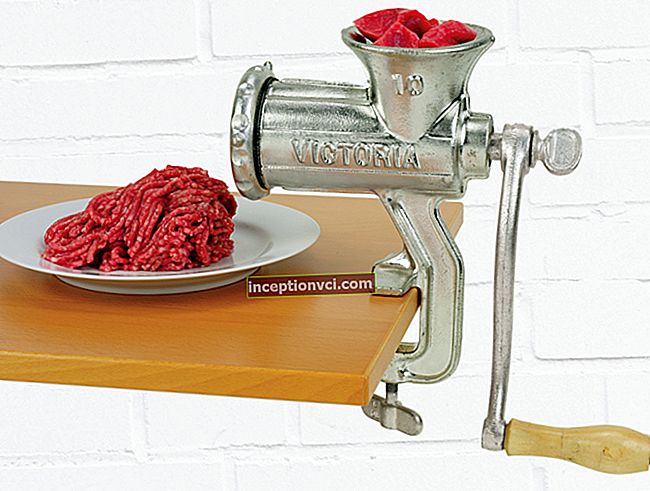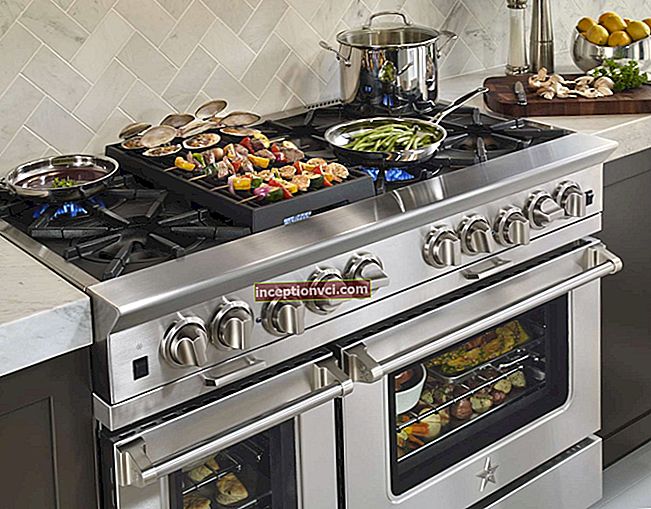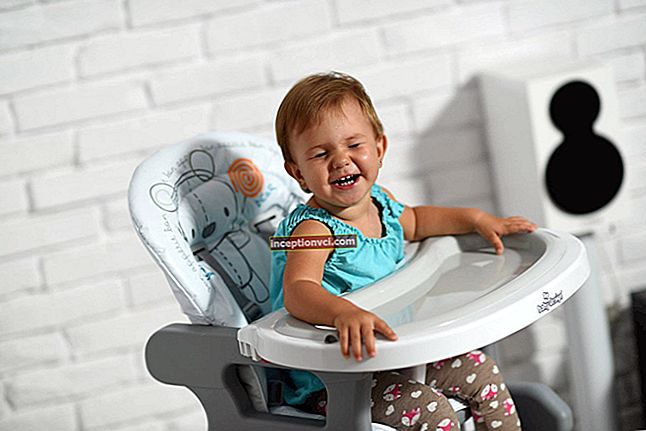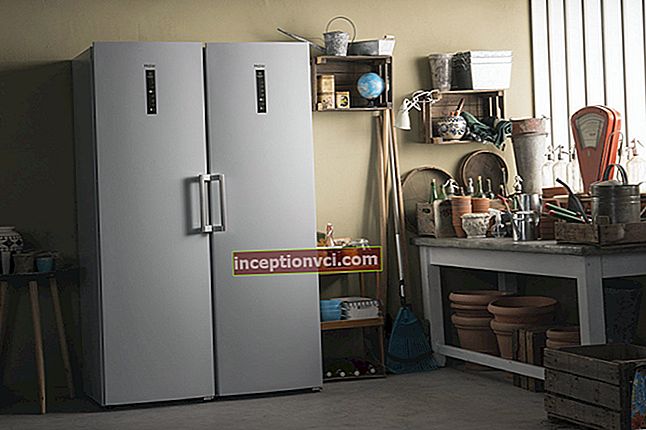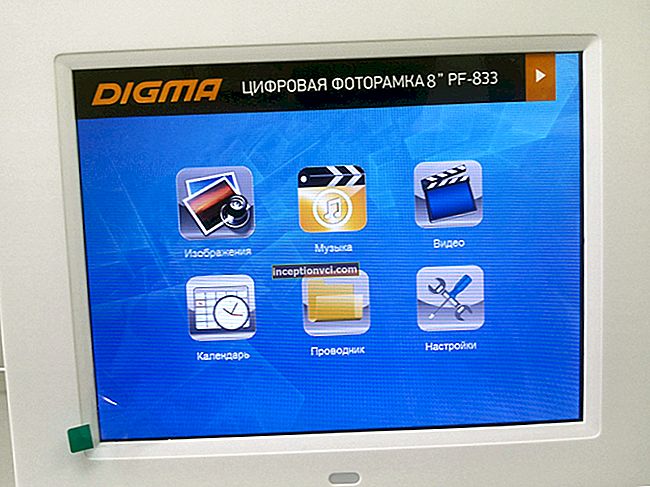Vinyl or textile - that is the question when choosing a screen for a projector! If we focus on the price-quality ratio, the preferences are obvious.
- The textiles are durable and wear-resistant. It is suitable for most canvases, except for cinema canvases. And cheaper than vinyl.
- Vinyl gives the best picture quality. And this justifies its cost.
The optimal canvas is matte white (Matte White, M1300, Panamax). It evenly diffuses light, gives a viewing angle of 100-180⁰ and does not glare from the projector lamp.

For powerful devices with a brightness of 3,000 lm or more, an alternative to classic white is a gray screen such as GreyDove Sound Screen, HiDef Gray, High Contrast Gray. It has such high contrast and deep blacks. For a home theater - just what you need. But in full, it demonstrates brightness only in a darkened room. When light, it gives out a dull picture.
Glossy canvases such as Pearlscent, Glass Beaded, PSCF, Datalux M-F-S, Cineflex, HighPower transmit rich colors. Often these are rear projection canvases, because they are unevenly illuminated at a 50 ° viewing angle. They are usually placed on the back of the screen. For example, in shop windows. They are found in two versions:
- retroreflective (specular) - good for a ceiling-mounted projector;
- reflective (beaded) - beat off the image strictly in the direction of radiation. Suitable for small rooms, as the projector must be positioned against the canvas.
How to choose the right screen for your projector
To choose a screen for a projector, decide on its mounting mechanism and the size of the canvas. Conventionally, canvases are divided into two large categories.
Stationary
Designed for a home theater or conference room. The canvases are stored in a tube or stretched over a frame. An interesting option is hidden installation. The structure is hidden behind a curtain inside the ceiling and unfolds just before the video is shown.

The "pluses" of stationary models are obvious:
- always ready to use;
- demonstrate the highest quality image;
- last longer.
Roll-up screens are unfolded manually, and a spring-loaded mechanism is used for folding. Motorized models are easy to use. They are controlled with a remote control.
Mobile
Designed for road presentations. The width of the web does not exceed 2.5-3 meters - these are easier to transport.

Most often, mobile are used in several types of construction:
- on the counter - the most stable. Adjustable leg height adjusts the canvas to fit any projector. Such a canvas does not distort the image and is transported in a case;
- on a tripod - stability is "lame". Especially if the canvas is more than three meters wide. Tripod screens are the smallest mobile versions available. They distort the picture more often and wear out faster;
- outdoor lightweight and durable. They have reliable fasteners. These are compatible with short throw mobile projectors. It is worth taking a closer look at models such as Projecta, Lumi, Avtek.
How to choose a projector screen size
The diagonal determines the compatibility with the projector. You can always render a smaller image on a large canvas and never a larger image on a small canvas. Therefore, choose a canvas with a margin.
- If you are planning to buy a screen for watching movies, the widescreen 16: 9 (aka HDTV) is ideal.
- The 16:10 canvas has similar parameters. But it's a versatile option that works with most monitors and laptops. You can watch movies, presentations, computer games while maintaining proportions.
- For presentations created with editors, the optimal width-to-height ratio is 4: 3.
- Square 1: 1 can be adjusted to fit any image format. But only if the return mechanism fixes the height at one point.
The standard screen resolutions of the projector.
| Format | Resolution |
| 1:1 | universal |
| 4:3 | SVGA (800x600), XGA (1024x768) |
| 16:9 | Full HD (1080p, 1920x1080) and HD (1280x720) |
| 16:10 | WXGA (1280x800) |
How to calculate the screen size for a projector
And yes, it's worth considering: canvases with different aspect ratios have a different usable area. The size calculation here is not surprising: the comfortable distance from the screen to the front row should be twice the height of the canvas and no less than its width.
For easy viewing, the distance from the bottom edge of the canvas to the floor depends on the purpose of the presentation:
- for business shows - 125 cm;
- for watching films - 60-90 cm.
See HISENSE screen overview
